Could Scotch Whisky be the most talked about collectible of 2022?
“Liquid gold” – why is whisky becoming such an interesting and profitable investment? Whisky Investment Partners explains all...
Whisky is not alone in its huge uptake in demand, with the global collectible investment market reaching $1.7 Trillion in size last year. Traditionally, we have seen everything from antiques, fine art, stamps, vintage cards, and fine wine used as a source of investment. As a new generation becomes wealthy, we are seeing a huge shift in consumer behaviour within the collectible space.
The collectible market journey
A collectible investment is any physical object that people can collect. Once dominated by fine art and antiques, the marketplace is now evolving as we see a new wave of collectibles enter the market.
What our parents once had the desire to own is not the same as what current consumers have the desire to own. Parents might have wanted to collect stamps, whilst a new generation wants to collect trainers.
Thirty years ago, our parents couldn’t have imagined buying a pair of Nike trainers and leaving them in a box to not wear. In the last decade alone, we have seen a huge spike in new collectibles coming in to take a slice of the pie – which is why whisky is making a real dent, but it is not alone.
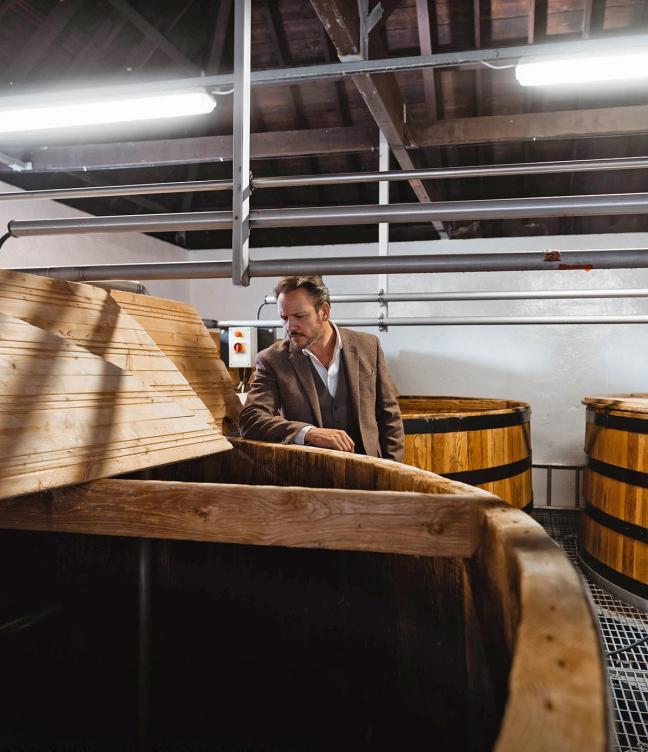
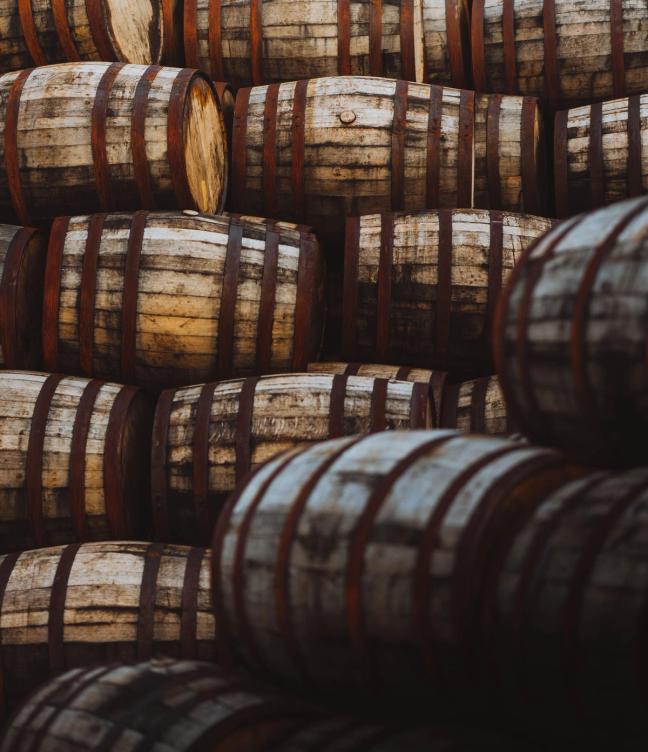
Tangible assets in 2022 can include anything from Pokémon cards to watches – and watches are posed as one of the highest performing collectibles according to Knight Frank’s most recent wealth report.
As technology improves, it allows new, tech-based marketplaces venture into the investment space and sit alongside traditional auction houses, with lower entry and exit costs to what auction houses would charge. This allows small pot sizes access to the collectible market.
Additionally, the number of UHNWIs (Ultra High Network Individuals) has increased by 9.3% over the year, resulting in an additional 52,000 extremely wealthy people compared to the year before – all of this has made a massive impact on demand for tangible assets.
So, why whisky?
There are two ways to invest in whisky: via bottles and via casks. If you enjoy whisky and have been drinking it for a while, you will have noticed how the cost of your single malt has risen over the years.
There is an investment category of rare and old whiskies – and for the right bottle, trade from collector to collector has seen significant growth. For example, in auction last year, we saw a Glenfiddich’s The 1950s Collection – four bottles of rare spirit, all distilled in the 1950s – sell for just over £1 million.

Bottles are a great way to start your investment journey as entry levels can be low. They can be stored in secure vaults or can be stored in your own home.
Then there are casks. Whisky matures in casks, which is how the whisky creates its flavour – from the interaction with the wood over time. And different types of wood make all the difference.
There are less than 140 distilleries in Scotland producing the liquid we love, and the majority of these are owned by large conglomerates like Diageo or Pernod Ricard. The main reason for this is because of the strict set of rules that the producers and distillers need to adhere to, as well as the cash flow constraints new distilleries have, resulting in a very closed market for a select few.
Scottish New Make Spirit whisky, by law, must mature in a cask in Scotland for a minimum of three years until it can be officially classed as Scotch Whisky, and the age statement you see on a bottle reflects how long the whisky has been maturing in a cask.
What cask should I consider?
When it comes to selecting which cask you wish to purchase, you can look for young or mature casks. The older the cask, the more expensive they are as they are rarer. An example of which was seen last year, where a highly rare and sought-after cask of The Macallan 1991 Scotch Whisky set a record after selling at auction for $2.33 million.
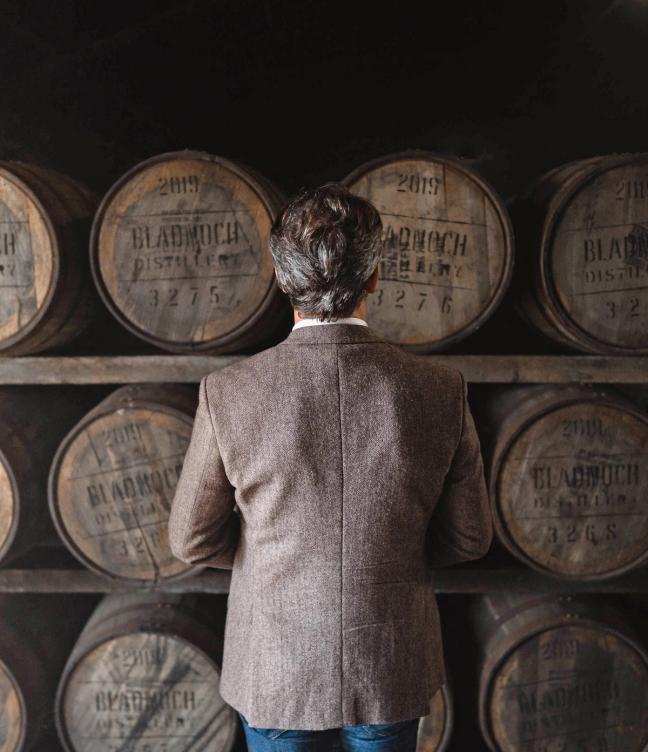
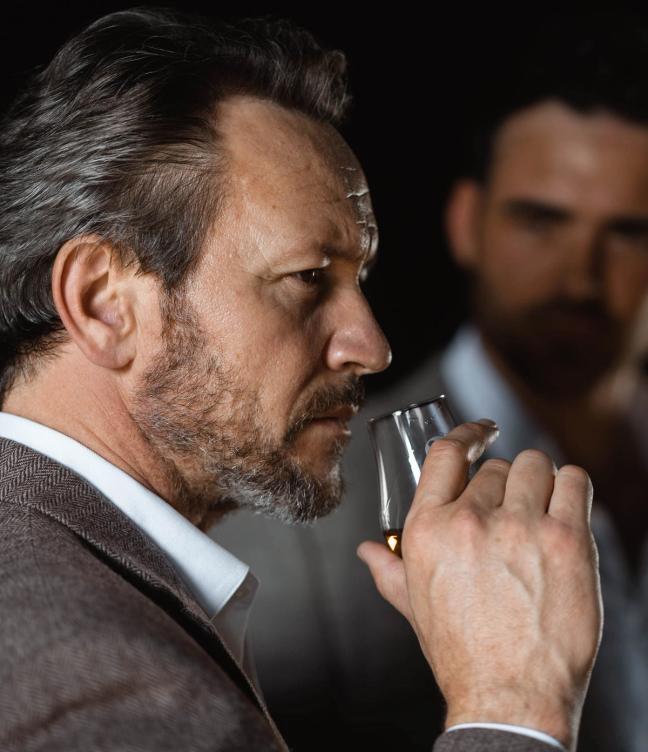
Or you can start your journey at the beginning, by buying New Make Spirit casks. This is a much lower barrier to entry with casks starting from circa £2,000.
The key to this is to find emerging distilleries, so look for distilleries that have high expectations, large marketing budgets and a very strong reputation in the underlying spirit quality.
But what are the risks?
Understanding the risks is just as important with whisky as it is with any other investment you make, so make sure you do your due diligence – especially on the cask.
For example, as whisky matures in a porous wooden cask in a warehouse, each year approximately 2% of the liquid evaporates. This is known as the “angel’s share’, which means it is classed as a wasting asset, although – you don’t pay Capital Gains Tax on it, which is a bonus.
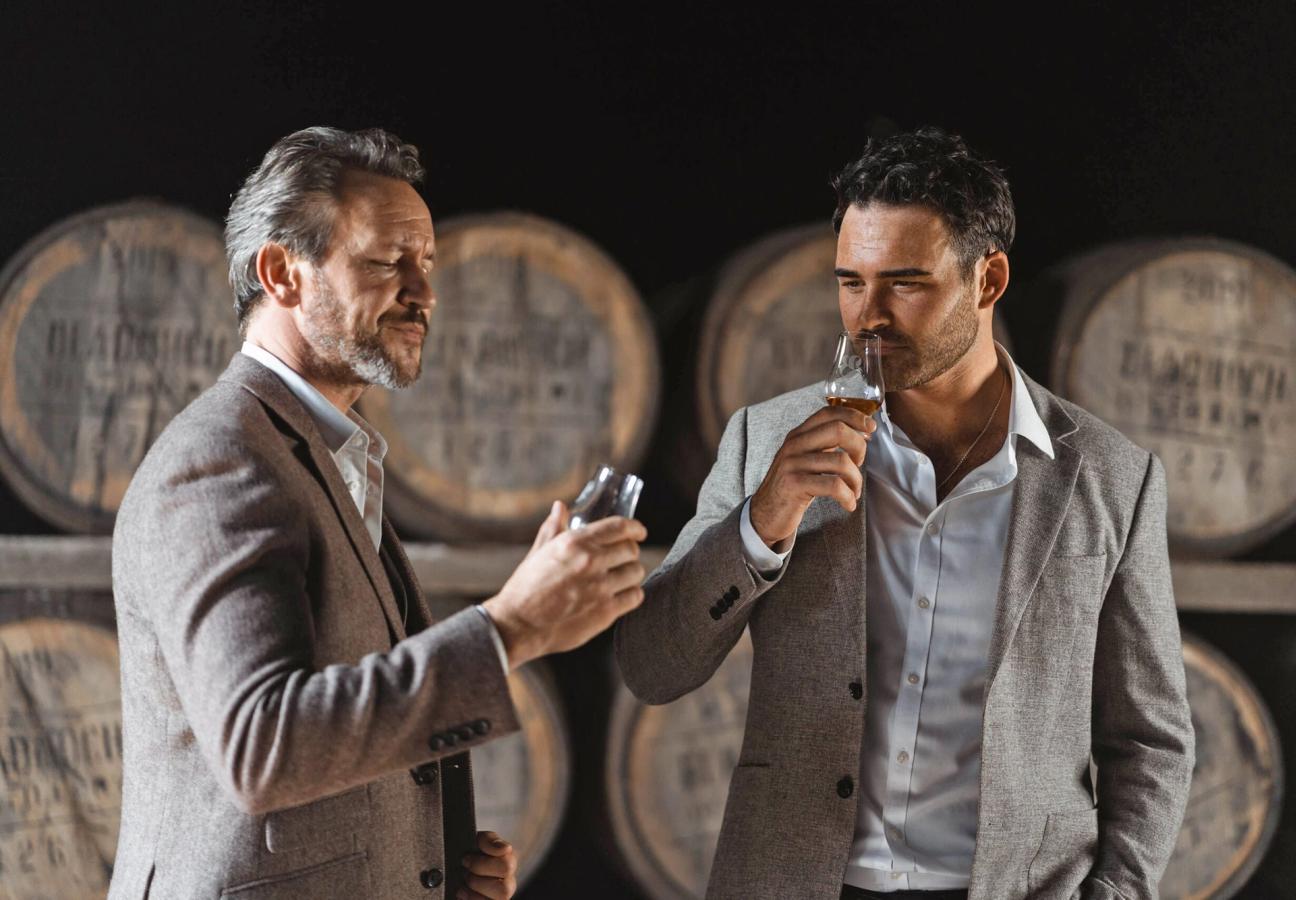
Every year however, the contents of the cask decrease, the liquid becomes rarer, and the flavour enhances. So, unlike other collectibles out there, cask whisky is one of the only collectibles that has to be used at some point, which naturally increases its value over time.
It’s all in the romance
It all adds to the allure of whisky. It’s that little bit more special, as one day, when it is bottled, you’ll be cementing your own little piece of history from that one purchase, many years ago.
For more information on whisky investment and cask ownership, please visit www.whiskyinvestmentpartners.com.
Become a Gentleman’s Journal member. Find out more here.

Become a Gentleman’s Journal Member?
Like the Gentleman’s Journal? Why not join the Clubhouse, a special kind of private club where members receive offers and experiences from hand-picked, premium brands. You will also receive invites to exclusive events, the quarterly print magazine delivered directly to your door and your own membership card.



